- Home
- Articles
- Architectural Portfolio
- Architectral Presentation
- Inspirational Stories
- Architecture News
- Visualization
- BIM Industry
- Facade Design
- Parametric Design
- Career
- Landscape Architecture
- Construction
- Artificial Intelligence
- Sketching
- Design Softwares
- Diagrams
- Writing
- Architectural Tips
- Sustainability
- Courses
- Concept
- Technology
- History & Heritage
- Future of Architecture
- Guides & How-To
- Art & Culture
- Projects
- Interior Design
- Competitions
- Jobs
- Store
- Tools
- More
- Home
- Articles
- Architectural Portfolio
- Architectral Presentation
- Inspirational Stories
- Architecture News
- Visualization
- BIM Industry
- Facade Design
- Parametric Design
- Career
- Landscape Architecture
- Construction
- Artificial Intelligence
- Sketching
- Design Softwares
- Diagrams
- Writing
- Architectural Tips
- Sustainability
- Courses
- Concept
- Technology
- History & Heritage
- Future of Architecture
- Guides & How-To
- Art & Culture
- Projects
- Interior Design
- Competitions
- Jobs
- Store
- Tools
- More
Essential Tips for Creating Sustainable and Functional Interior Spaces
Discover essential tips to achieve sustainable, functional interior design that balances beauty with eco-friendliness. Learn how to creatively utilize eco-friendly materials, enhance energy efficiency, and incorporate multi-functional furniture for adaptable spaces.
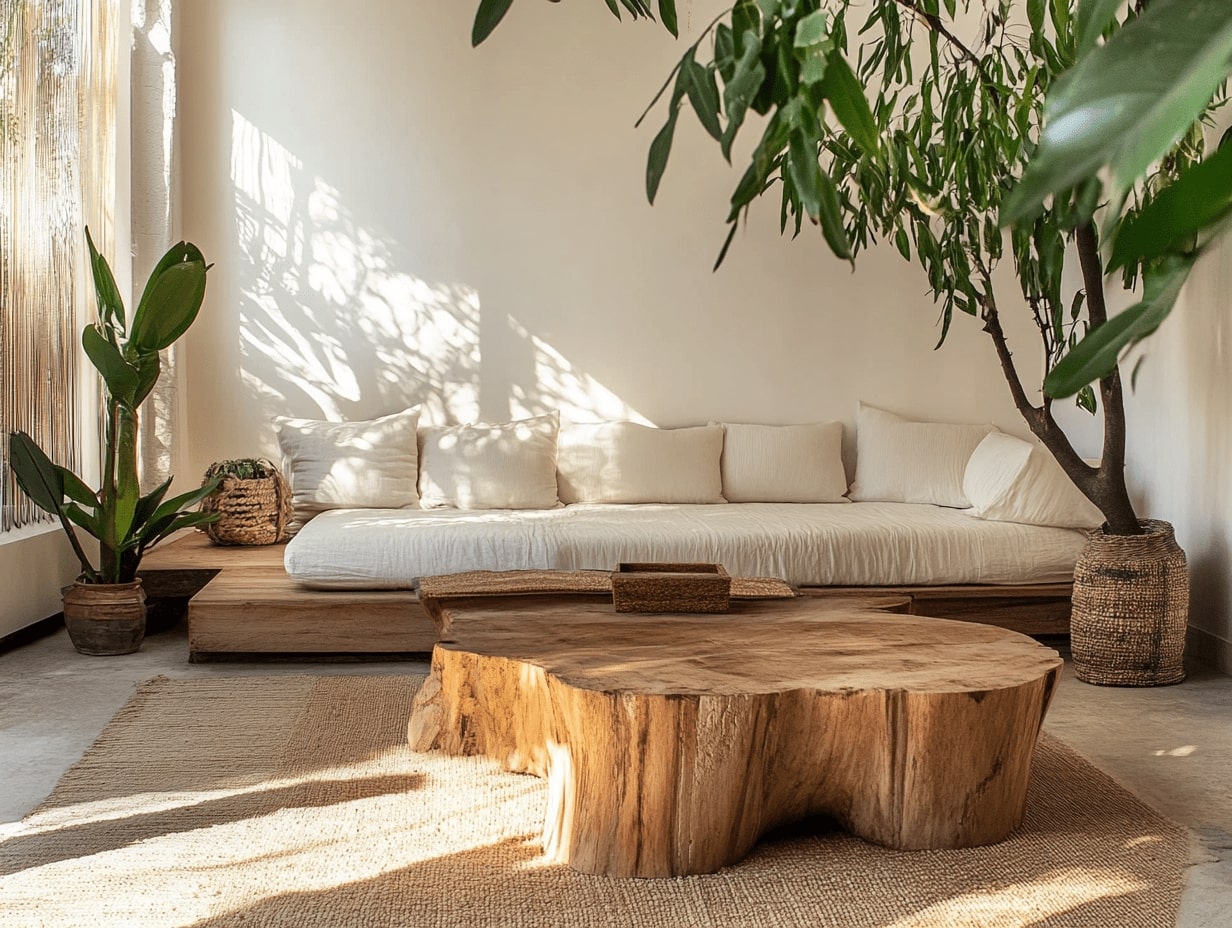
In today’s world, where environmental consciousness is on the rise, sustainable interior design has become more than just a trend—it’s a necessity. As we strive to create living spaces that are not only beautiful but also eco-friendly, the challenge lies in balancing aesthetics with functionality. How do we make our homes not only stylish but also sustainable?
We’ve discovered that the key to successful sustainable design is thoughtful planning and mindful choices. By focusing on materials, energy efficiency, and multifunctionality, we can transform our interiors into spaces that reflect our values and meet our everyday needs. It’s about making choices that benefit both us and the planet.
Let’s explore some essential tips that can guide us in creating interiors that are both sustainable and functional. With these insights, we can design spaces that are not only pleasing to the eye but also kind to the earth.

Table of Contents
ToggleUnderstanding Sustainable and Functional Interior Design
Sustainable and functional interior design focuses on creating spaces that respect the environment while fulfilling the occupants’ needs. These designs emphasize the use of eco-friendly materials, efficient space utilization, and adaptability. Both sustainability and functionality ensure that interiors not only look good but also perform efficiently over time.
Materials play a crucial role in sustainable design. We consider elements like recycled content, durability, and local sourcing. For example, using bamboo flooring or recycled metal fixtures reduces environmental impact. These choices lessen the need for raw resources and ensure longer-lasting interiors.
Energy efficiency remains integral to sustainable living spaces. We install LED lighting, energy-efficient appliances, and insulate windows. These additions reduce energy consumption, lowering utility bills, and enhancing environmental health. Each component contributes to a sustainable environment by conserving energy.
Multi-functional spaces are central to this design approach. We incorporate furniture that serves multiple purposes, such as a sofa bed or extendable dining table. This maximizes use of available space and reduces clutter. These solutions benefit both small spaces and larger rooms needing versatility.
By integrating these elements, we achieve a balance between aesthetic appeal and practical functionality. Sustainable and functional interior design ensures that spaces not only cater to current needs but are equipped to adapt to future demands. This approach embodies a commitment to both quality and the environment.

Importance of Sustainable Materials
Sustainable materials play a critical role in eco-friendly interior design. They help reduce environmental impact while enhancing the functionality and aesthetics of living spaces.
Eco-friendly Material Choices
We prioritize materials with minimal environmental footprints. Options such as reclaimed wood and recycled metal provide both style and sustainability, reducing waste and resource consumption. Low-VOC paints and finishes improve air quality, creating healthier indoor environments. These choices align with our commitment to responsible design practices.
Long-lasting and Durable Options
Longevity is key in sustainable design. Bamboo and cork, for example, offer durability and renewability, making them excellent flooring options. Materials like stone and recycled glass withstand wear and tear, ensuring interiors remain beautiful and functional over time. By selecting durable options, we minimize the need for frequent replacements, promoting environmental responsibility.

Energy Efficiency in Interior Design
Energy efficiency plays a crucial role in sustainable interior design, reducing energy consumption while enhancing functionality and comfort within living spaces.
Lighting Solutions
Maximizing natural light is the first step in efficient interior lighting design. We encourage the use of strategically placed windows and skylights to illuminate spaces naturally, reducing reliance on electrical lighting. Where artificial light is necessary, LED lighting offers an energy-efficient alternative. It consumes up to 75% less energy and lasts 25 times longer than traditional incandescent bulbs. Smart lighting systems further enhance efficiency, allowing us to control lighting remotely and automate settings based on time of day or occupancy, optimizing energy usage.
Energy-saving Appliances
Incorporating energy-efficient appliances significantly reduces utility costs and environmental impact. We recommend selecting products bearing the ENERGY STAR label, which certifies compliance with strict energy performance standards set by the Environmental Protection Agency. For instance, energy-efficient refrigerators consume roughly 10-15% less energy than standard models. Smart home technologies complement these appliances by offering programmable settings and usage insights, enabling us to manage consumption effectively. By prioritizing these solutions, we can create interiors that offer both sustainability and high functionality.
Versatile Design Concepts
Sustainable interior design thrives on versatility, seamlessly blending functionality with eco-friendliness. Embracing adaptable elements allows us to create spaces that serve various purposes while reducing environmental impact.
Multi-functional Furniture
Choosing furniture with multiple uses enhances both functionality and sustainability. We can opt for a sofa bed that transforms living rooms into guest rooms or a coffee table with storage compartments to minimize clutter. Modular shelving units offer flexibility, easily reconfigured to match changing needs. Selecting pieces crafted from sustainable materials like reclaimed wood further amplifies eco-conscious design.
Adaptable Layouts
Creating adaptable layouts optimizes space and energy efficiency. We design open floor plans that encourage natural light flow, reducing the need for artificial lighting. Moveable partitions offer privacy without permanent walls, accommodating different activities within the same area. Incorporating flexible workstations supports various tasks, from dining to remote work, ensuring spaces remain relevant over time.

Incorporating Plants and Green Spaces
Incorporating plants and green spaces in interior design enhances sustainability and functionality. They not only beautify spaces but also support a healthier indoor environment.
Benefits of Indoor Plants
Indoor plants offer numerous benefits that align with sustainable design principles. They improve air quality by absorbing pollutants like formaldehyde and benzene, which are common in indoor atmospheres. Studies show that indoor plants can increase humidity and stabilize room temperature, promoting comfort. Additionally, they contribute to mental well-being by reducing stress and enhancing focus and creativity. Popular choices like snake plants, peace lilies, and spider plants are especially effective due to their low maintenance and high adaptability.
Creating Vertical Gardens
Vertical gardens are innovative solutions for incorporating greenery in limited spaces. By utilizing vertical areas, they enhance aesthetics and maximize the use of available space. When implemented strategically, vertical gardens can provide insulation and improve indoor air quality. They can be created using wall-mounted planters or pocket systems, allowing for a customizable plant selection. Plants such as ferns, pothos, and succulents thrive in vertical arrangements due to their lightweight nature and robustness. Vertical gardens are not only visually appealing but also contribute to a sustainable design by enhancing biodiversity indoors.

Mindful Use of Colors and Textures
In sustainable interior design, the thoughtful selection of colors and textures plays a crucial role. This approach enhances both the aesthetics and functionality of spaces, contributing to overall eco-friendliness.
Eco-friendly Paints and Finishes
We can significantly reduce environmental impact using eco-friendly paints and finishes. These products contain low volatile organic compounds (VOCs), which improve indoor air quality and lower pollution levels. Brands offering zero-VOC options include Benjamin Moore and Sherwin-Williams. Using non-toxic paints and natural finishes, such as water-based stains, ensures a healthier living environment while maintaining vibrant hues and durable surfaces.
Conclusion
In designing sustainable and functional interiors, it’s vital to incorporate eco-friendly practices and materials. We’ve outlined the importance of using sustainable materials, like reclaimed wood and recycled metal, to minimize environmental impact while enhancing aesthetics. Energy efficiency, achieved through strategies like maximizing natural light and utilizing LED lighting, ensures spaces remain cost-effective and environmentally friendly. Versatile design elements, including multi-functional furniture and adaptable layouts, optimize space usage and promote sustainability. Integrating plants in interior spaces not only improves air quality but also adds a natural aesthetic element. Finally, mindful use of colors and textures through low-VOC paints and finishes contributes to a healthier living environment. By focusing on these aspects, we effectively create interior spaces that respect the environment and serve the occupants’ needs efficiently.
- contemporary home tips
- contemporary interior design
- designing modern homes
- efficient home design
- functional design ideas
- functional furniture ideas
- functional home decor
- functional home styling
- functional living space
- home styling tips
- innovative home style
- Interior Design Trends
- minimalist living design
- modern aesthetic tips
- modern apartment design
- modern decor trends
- modern home inspiration
- modern home organization
- modern living style
- practical home decor tips
- practical home solutions
- sleek home design tips
- sleek interior tips
- space-saving design ideas
- stylish living solutions
- versatile design ideas
Submit your architectural projects
Follow these steps for submission your project. Submission FormLatest Posts
Green Architecture Explained: Designing for a Resilient Tomorrow
Green architecture explained through resilience: practical ways to cut carbon, improve health,...
Top Sustainable Surface Materials Every Designer Should Know
Explore sustainable surface materials with a designer-ready scorecard: carbon, toxins, durability, circularity,...
Eco-Friendly Floor Coverings: Smart Choices for a Greener Home
Eco-friendly floor coverings made simple: discover sustainable materials, trusted certifications, and room-by-room...
What are Biodomes?
Biodomes are transforming architecture by blending ecological science with advanced design to...


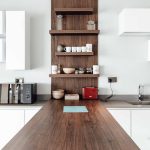
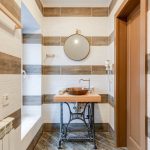
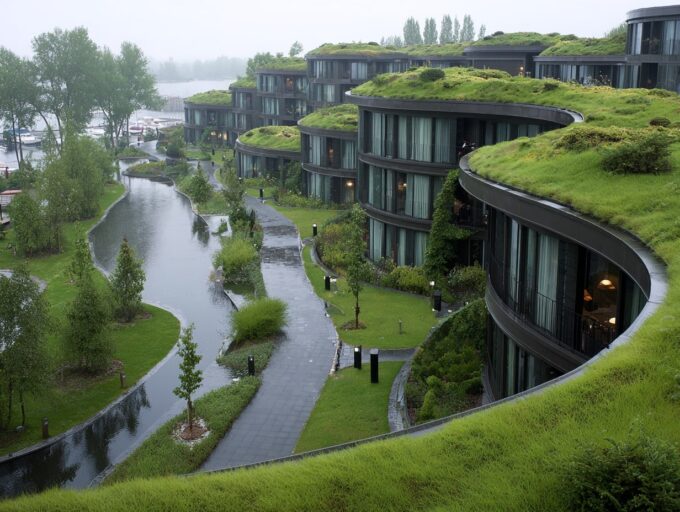

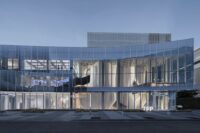

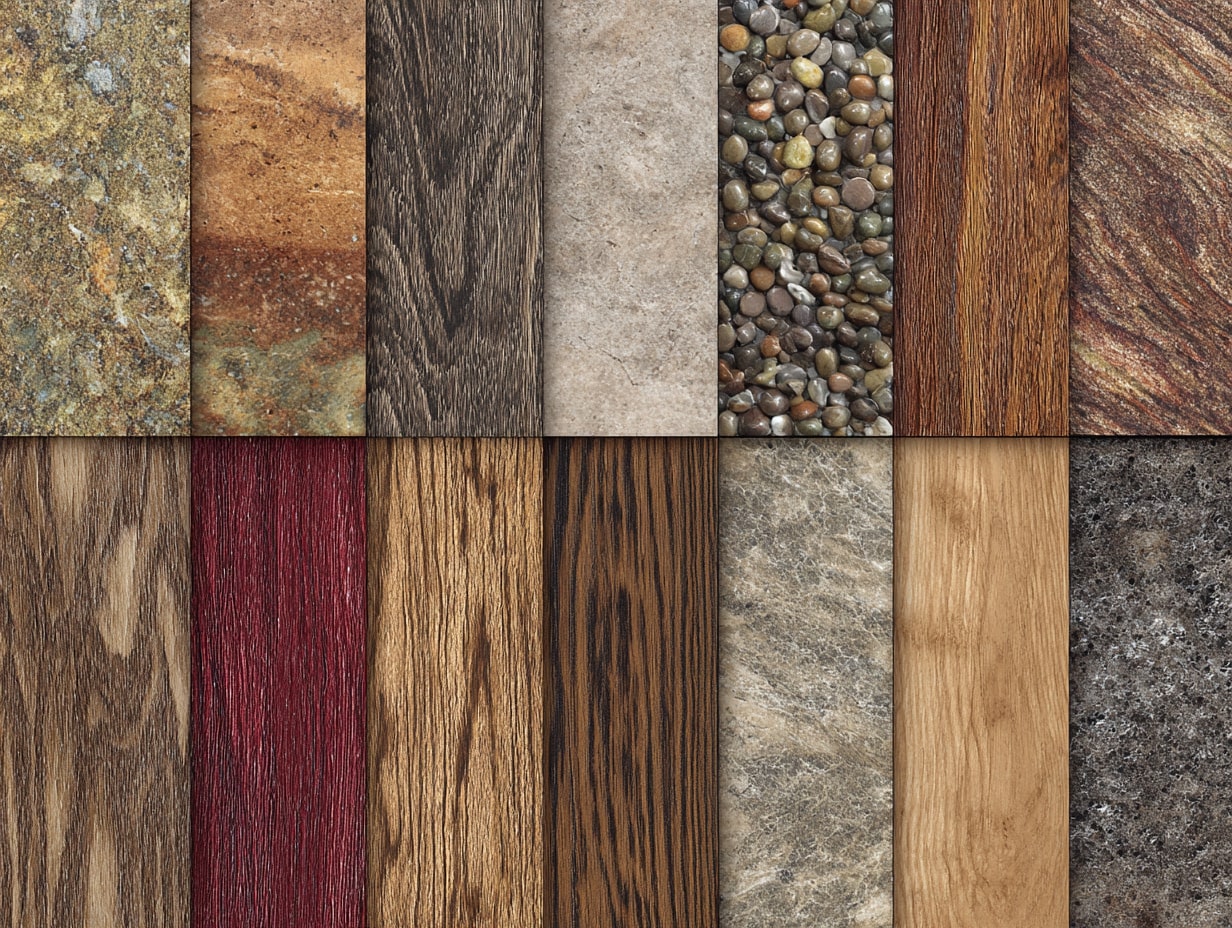

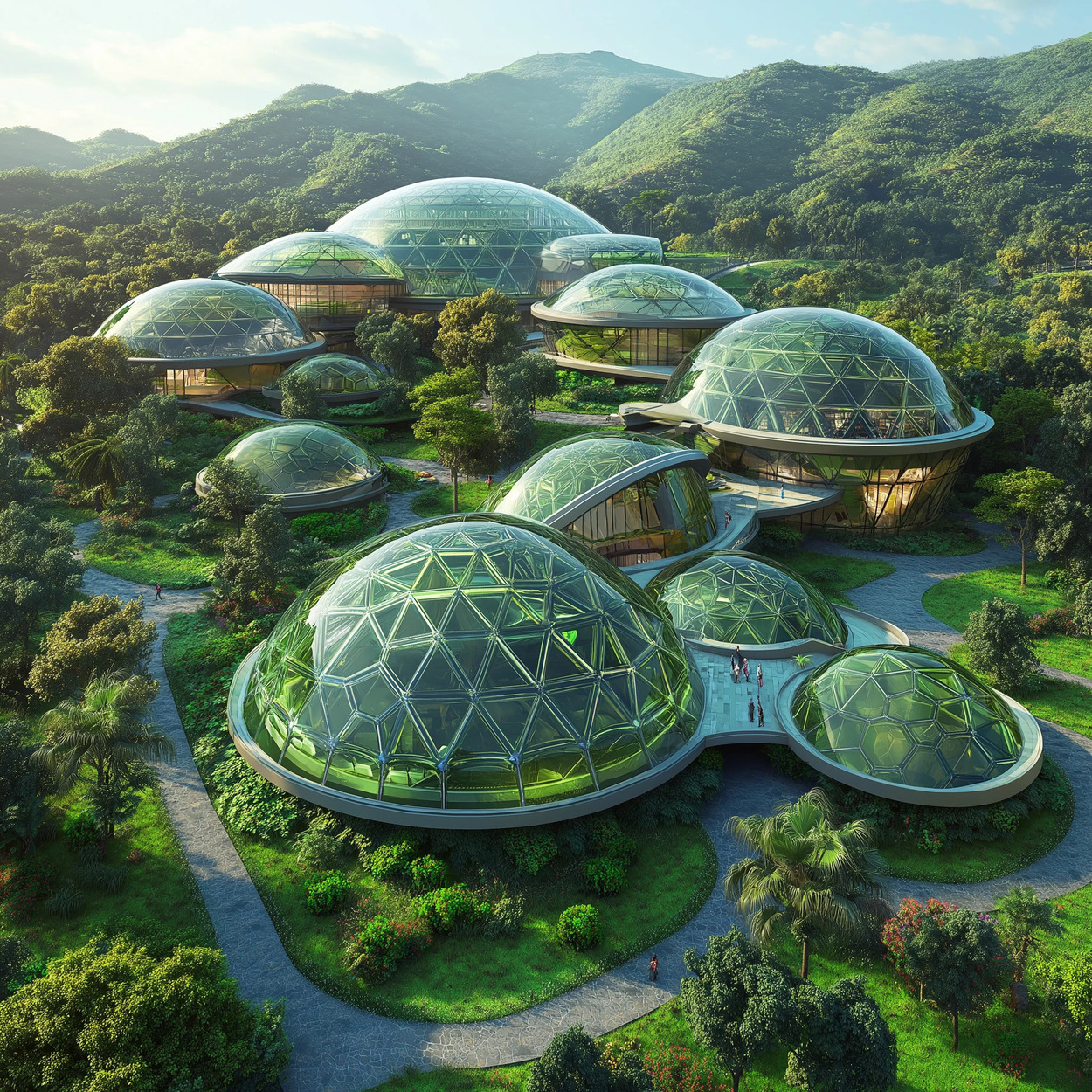
Leave a comment